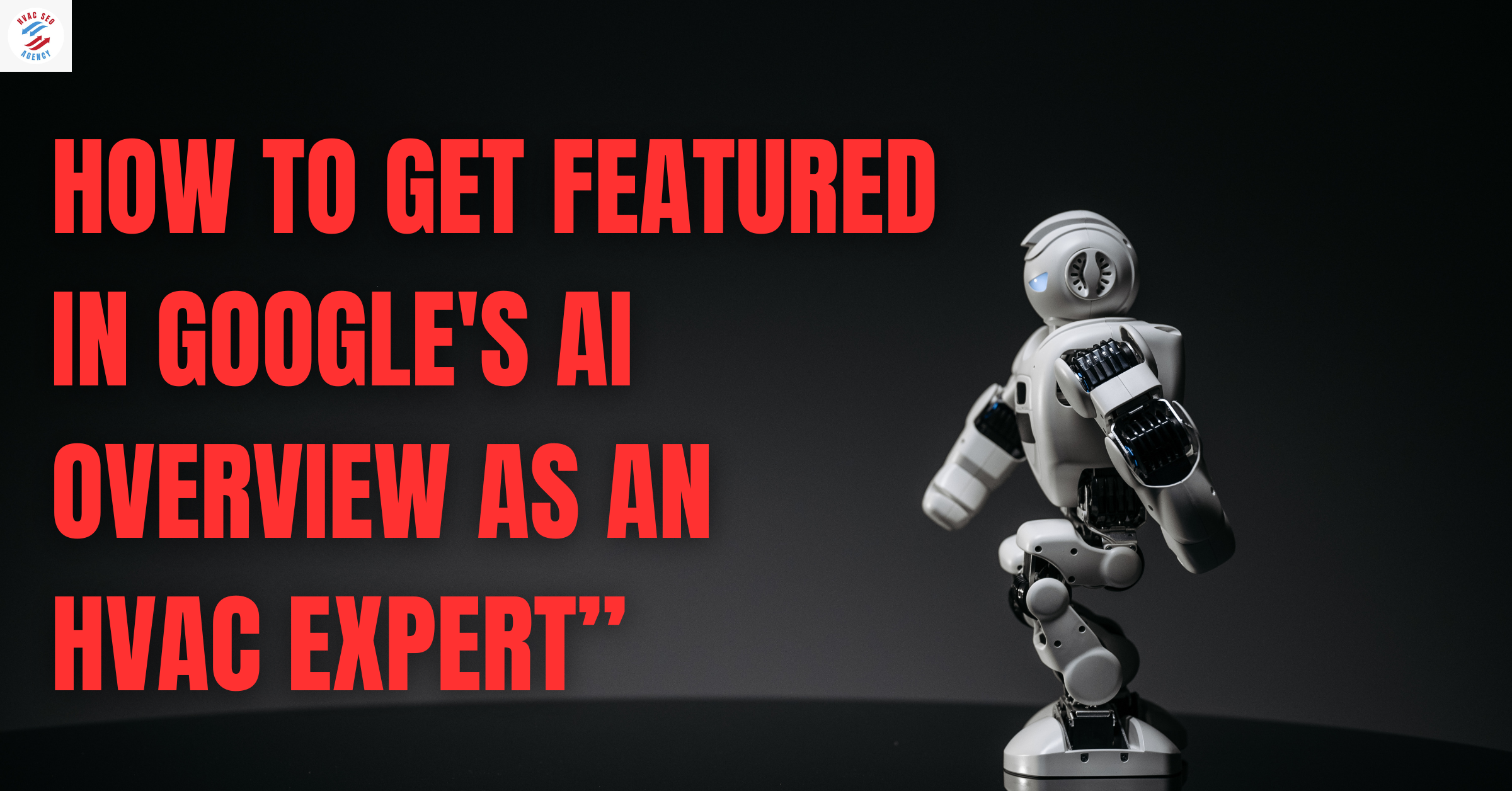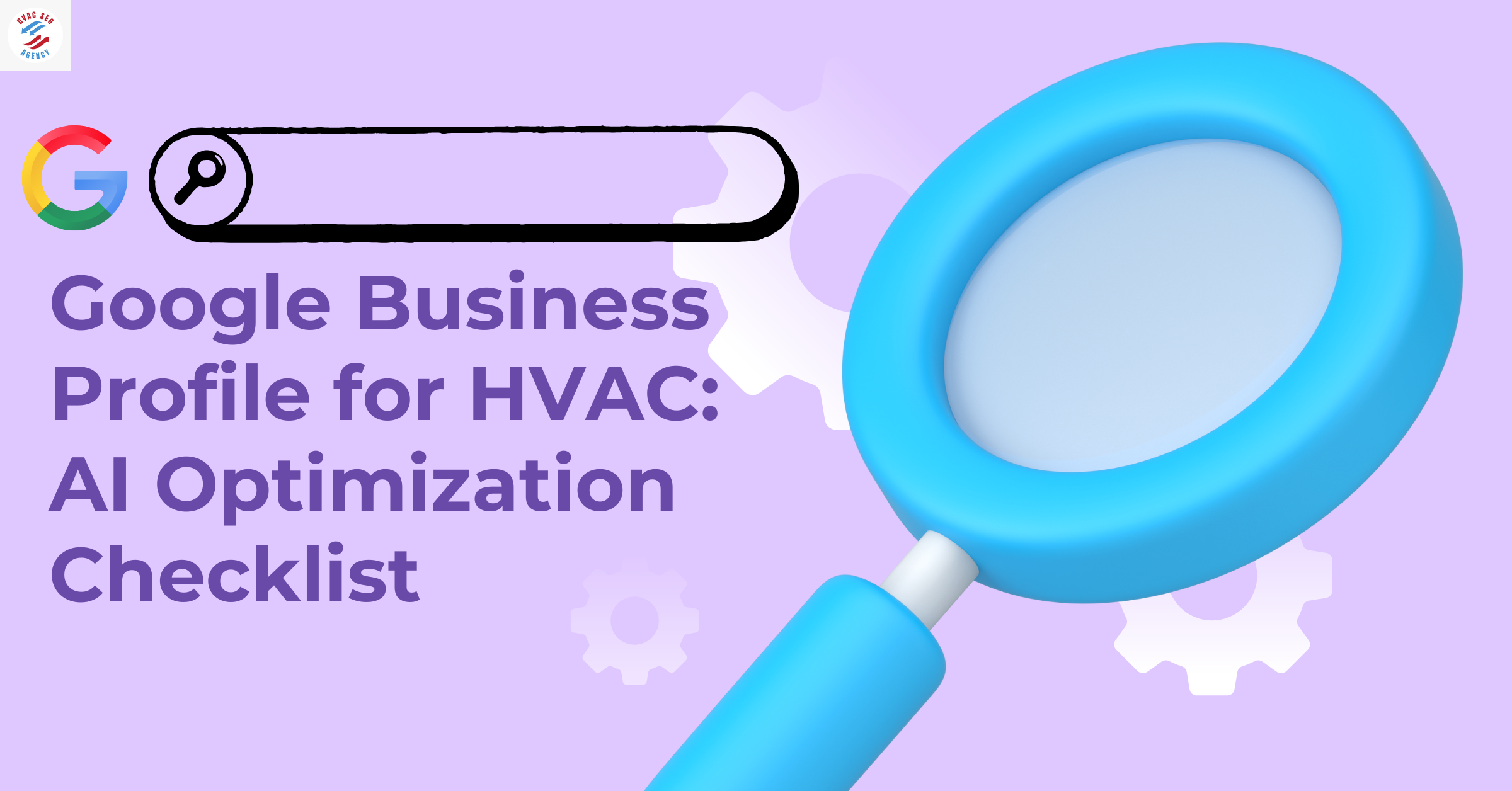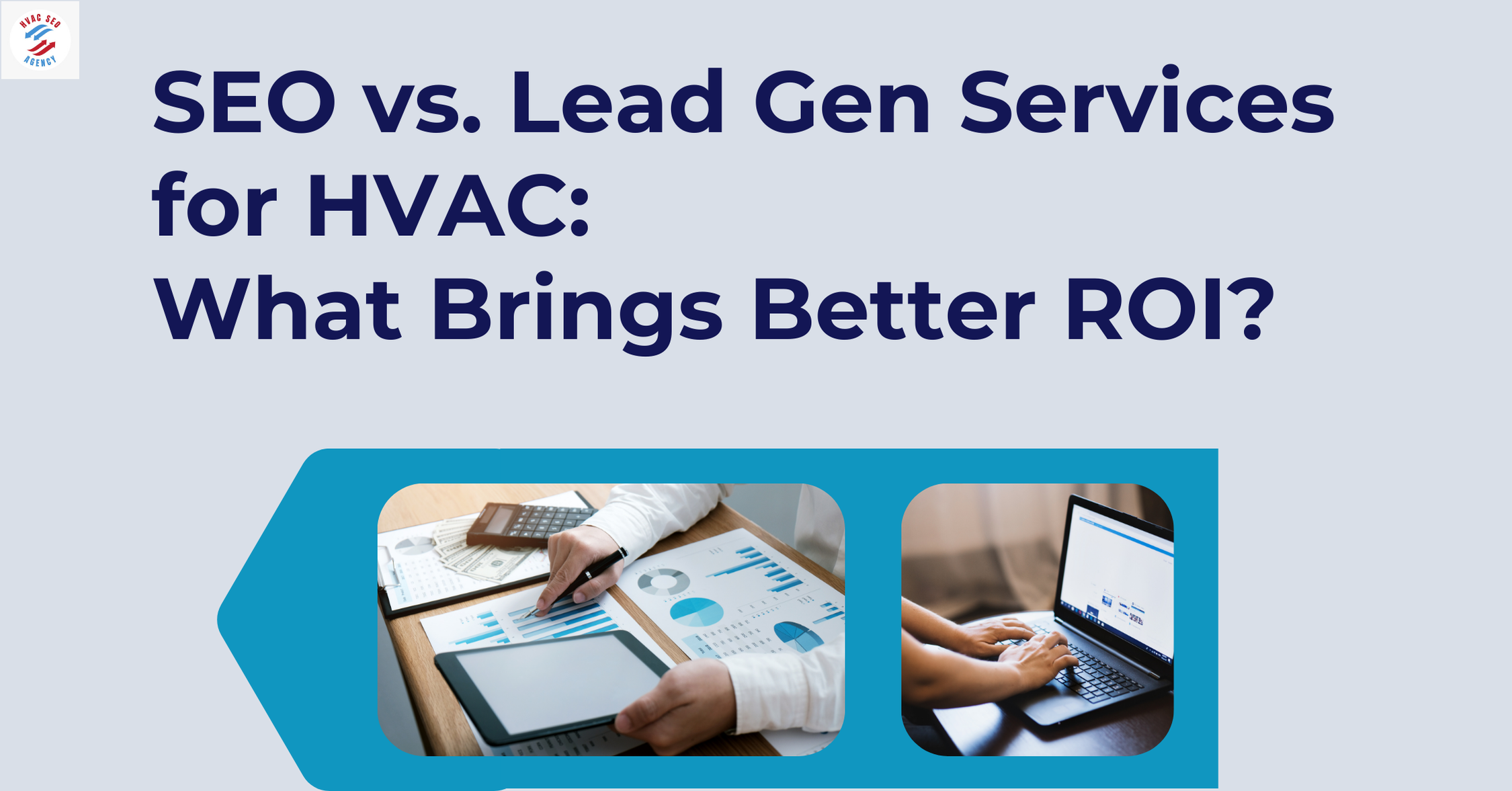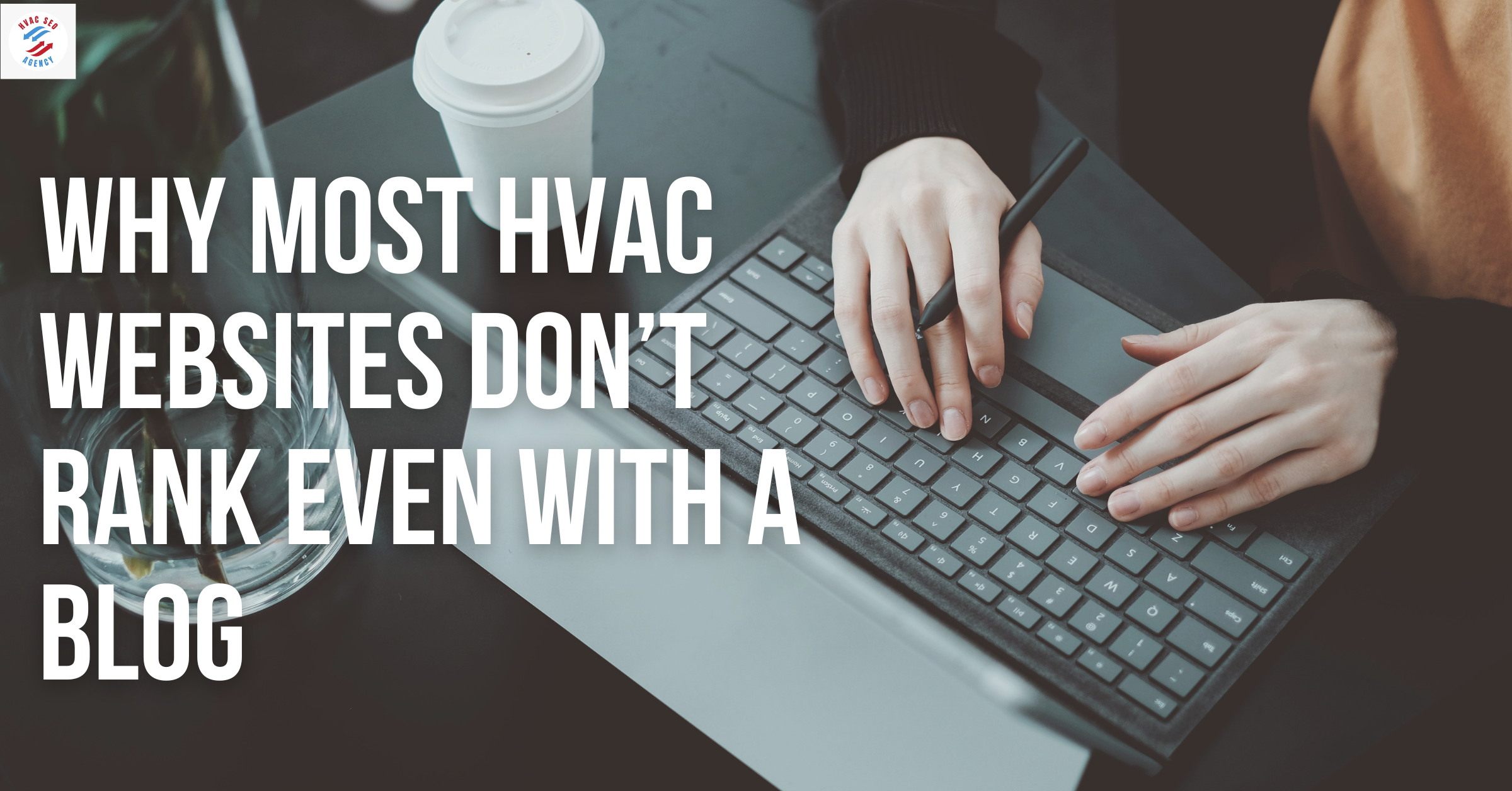Packaged vs. Split HVAC Systems: Which One Is Better?

Section 1: Understanding the Basics of Packaged vs Split HVAC System
Choosing the right HVAC solution begins with understanding the two most common HVAC system types: packaged and split systems. These classifications define how the heating and cooling components are configured and installed.
What is a Split HVAC System?
A split HVAC system separates its key components:
The indoor unit contains the evaporator coil and blower.
The outdoor unit includes the condenser coil and compressor.
They are connected through refrigerant lines and work together to regulate temperature.
Split systems are the most common HVAC system type in U.S. homes and small commercial buildings due to their energy efficiency and flexibility.
What is a Packaged HVAC System?
In contrast, a packaged HVAC system contains all components—compressor, condenser, evaporator—in a single unit, usually installed outdoors on the ground or roof. This HVAC system type is ideal for buildings with limited indoor space or where rooftop installation is preferred.
Key Difference: Packaged vs Split HVAC
Statistical Insight
U.S. HVAC Installation Preferences (2024 Data)
Source: U.S. Department of Energy, 2024 HVAC Report
Graph: Split vs. Packaged HVAC Market Share (2020–2024)
Section 2: Pros and Cons of Packaged vs Split HVAC Systems
Evaluating HVAC System Types: Advantages and Disadvantages
To make an informed decision, it’s critical to evaluate the pros and cons of both packaged vs split HVAC configurations. Each has specific benefits depending on space constraints, energy goals, climate, and maintenance preferences.
Advantages of Split HVAC Systems
Higher Energy Efficiency
Most modern split systems come with higher SEER (Seasonal Energy Efficiency Ratio) ratings, making them more efficient in both cooling and heating.Zoning Capabilities
Split systems allow for better temperature zoning, especially in multi-room setups.Quieter Operation
The noisiest components (compressor, condenser) are located outside.Customizability
More options in terms of system capacity, indoor air quality add-ons, and smart controls.Longer Lifespan
With proper maintenance, split systems tend to last 15–20 years.
Disadvantages of Split HVAC Systems
Installation Complexity: Requires indoor and outdoor unit setup with refrigerant lines.
Higher Upfront Cost: May cost more due to separate components and labor.
Space Requirement: Needs adequate indoor space for air handlers.
Advantages of Packaged HVAC Systems
Compact Installation
All-in-one unit, perfect for rooftops or small lots.Lower Initial Cost
Installation and equipment cost is typically lower.Easier Maintenance
All parts are accessible in one unit, reducing service time.Ideal for Retrofitting
Suitable for buildings without existing duct infrastructure.
Disadvantages of Packaged HVAC Systems
Shorter Lifespan: Exposed outdoor placement can lead to wear from weather.
Lower Energy Efficiency: Typically less efficient than split systems.
Limited Customization: Fewer options for upgrades like smart thermostats or HEPA filters.
Potential for Weather Damage: More vulnerable due to all-in-one outdoor design.
Table: Comparative Overview – Packaged vs Split HVAC
Section 3: Ideal Use Cases – Where Each HVAC System Type Performs Best
Matching HVAC System Types to Property Needs
Deciding between packaged vs split HVAC systems often depends on property size, architecture, regional climate, and usage expectations. In this section, we identify where each HVAC system type performs best and why.
Residential Applications
When to Choose a Split HVAC System:
Single-Family Homes: Particularly effective for homes with attic or basement space for the air handler.
Multi-Zone Comfort: Ideal for homeowners who want different temperatures in various rooms.
Energy-Conscious Homes: High SEER ratings help reduce energy bills.
When to Choose a Packaged HVAC System:
Mobile Homes: Compact design fits easily outdoors.
Small or Older Homes: With limited indoor installation space.
Mild Climates: Where extreme temperature efficiency isn’t as critical.
Commercial Applications
When to Choose a Split HVAC System:
Offices with Interior Room Divisions: Offers zoning benefits.
Businesses Prioritizing Low Noise: Compressor remains outdoors.
Properties with Energy Targets: Tax credits often apply for high-efficiency split systems.
When to Choose a Packaged HVAC System:
Retail Outlets: Where rooftop placement saves interior space.
Restaurants and Cafes: Easy service access with minimal disruption.
Low-Height Buildings: Simple rooftop installation with short duct runs.
Climate Suitability
Real-World Use Case Table
Graph: HVAC System Preference by Building Type (2024 Data)
Section 4: Installation Requirements and Cost Breakdown
Installation Process Overview for Both HVAC System Types
Choosing between packaged vs split HVAC systems also comes down to installation logistics. Installation time, labor intensity, space availability, and associated costs vary significantly between the two HVAC system types.
Split HVAC System Installation
Steps Involved:
Installation of outdoor unit (compressor & condenser)
Indoor unit placement (evaporator & blower)
Routing of refrigerant lines between units
Installation of ducts and electrical connections
Setup of thermostats and zoning (if applicable)
Challenges:
Requires adequate indoor space
Installation may take longer due to line routing
More labor-intensive; multiple technicians may be needed
Average Installation Time: 1.5 to 3 days
Average Labor Cost: $2,000–$4,500
Total Installation Cost: $6,000–$12,000
Packaged HVAC System Installation
Steps Involved:
Placement of unit (ground or rooftop)
Ductwork connection to the building
Electrical and gas (if applicable) hookup
Thermostat wiring and control panel setup
Advantages:
Quicker installation—especially rooftop applications
Ideal for replacing existing packaged units
Minimal indoor work required
Average Installation Time: 1 to 2 days
Average Labor Cost: $1,500–$3,000
Total Installation Cost: $4,500–$9,000
Table: Installation Time and Cost Comparison
System Capacity (Tonnage)
Higher capacity systems require larger units and more labor.Ductwork Modification
Split systems may need extensive duct retrofitting.Location
Rooftop packaged units may need crane service, raising costs.Permits & Codes
Local building codes may demand additional inspections or upgrades.Add-On Features
Smart thermostats, zoning, or humidity controls increase installation complexity.
Graph: Average Installation Cost Comparison (2024 Data)
Section 6: Maintenance, Repair, and Longevity
Maintenance Requirements for Different HVAC System Types
Proper maintenance directly impacts the performance, repair needs, and operational lifespan of all HVAC system types. The difference in structure between packaged vs split HVAC systems significantly affects how maintenance is conducted.
Maintenance for Split HVAC Systems
Frequency: Bi-annual recommended (Spring & Fall)
Key Tasks:
Clean or replace air filters
Inspect refrigerant levels and coils
Check electrical connections and controls
Inspect indoor air handler and outdoor condenser separately
Evaluate duct integrity and air leaks
Common Repair Needs:
Compressor failure due to refrigerant issues
Thermostat replacement
Indoor coil frosting in high-humidity regions
Average Annual Maintenance Cost: $150–$300
Typical Lifespan: 15–20 years with regular upkeep
Maintenance for Packaged HVAC Systems
Frequency: Bi-annual, with added attention for outdoor wear
Key Tasks:
Clean filters and internal coils
Lubricate moving parts (e.g., blower motors)
Inspect insulation, duct seals, and rust formation
Verify gas lines (for gas/electric models)
Monitor for debris or pests inside the unit enclosure
Common Repair Needs:
Short cycling due to thermostat or airflow issues
Blower motor replacement
Weather damage to exterior casing
Average Annual Maintenance Cost: $120–$250
Typical Lifespan: 10–15 years
Table: Maintenance Comparison – Packaged vs Split HVAC
Longevity and Weather Exposure
Split Systems:
Indoor air handler is protected from environmental wear
Outdoor condenser still needs protection from leaves, debris, and snow
Packaged Systems:
Full exposure to heat, rain, snow, and wildlife
Metal casing wears faster, especially in humid or coastal regions
Repair Costs: Real-World Insights (2024 Averages)
Section 7: Energy Efficiency and Environmental Impact
Why Energy Efficiency Matters in HVAC System Types
Energy consumption from HVAC systems accounts for nearly 40% of total energy use in residential buildings across the U.S. (U.S. Energy Information Administration, 2024). Choosing between packaged vs split HVAC systems plays a major role in your energy bills, carbon footprint, and eligibility for green incentives.
Split HVAC Systems – Energy Efficiency Highlights
Higher SEER Ratings
Split systems often feature SEER ratings of 16–26, exceeding federal minimum efficiency standards.ENERGY STAR Certified Models
Majority of split units on the market qualify for federal tax credits and rebates due to superior performance.Smart Thermostat Integration
Easy to pair with programmable and learning thermostats, maximizing savings.Zoning Capabilities
Reduces energy waste by conditioning only occupied rooms.
Packaged HVAC Systems – Efficiency Overview
Moderate SEER Ratings
Packaged units generally offer SEER ratings between 13–16.Weather Exposure Impacts Performance
Outdoor housing can reduce long-term efficiency due to corrosion or debris buildup.Fewer High-Efficiency Options
Limited availability of variable-speed motors or advanced compressor technology.One-Unit Cycling
Packaged units often cycle more frequently, increasing wear and energy use over time.
Environmental Considerations
U.S. Regulatory Standards (2023–2025)
Minimum SEER Standards (2025):
Split Systems: 15.2 SEER (South), 14.3 SEER (North)
Packaged Systems: 14.3 SEER (Nationwide)
Federal Tax Credit:
Up to $2,000 available for high-efficiency split HVAC systems under the Inflation Reduction Act (2022)
Table: Energy Efficiency Comparison – Packaged vs Split HVAC
Graph: Annual Energy Cost by HVAC System Type (2024)
Section 8: HVAC System Types and Indoor Air Quality (IAQ)
Why Indoor Air Quality Is a Deciding Factor
Indoor air quality (IAQ) significantly affects health, comfort, and energy performance. When selecting between packaged vs split HVAC systems, understanding how each system handles air filtration, humidity, and ventilation is critical.
How Split HVAC Systems Support Better IAQ
Advanced Air Filtration Options
Compatible with HEPA, UV light, and electrostatic filters.
Improves allergen and microbe removal in homes and offices.
Dedicated Ventilation Paths
Separate indoor units allow for customized air exchange rates.
Humidity Control
Paired with whole-home humidifiers/dehumidifiers, making them ideal in humid climates.
Zoning Capabilities Reduce Cross-Contamination
Helpful in multi-story buildings or households with health-sensitive occupants.
IAQ Challenges with Packaged HVAC Systems
Limited Filter Capacity
Many models have smaller filtration compartments due to compact design.
Single Duct Pathways
Increased chance of spreading contaminants between rooms.
Exposure to Outdoor Elements
Outdoor intake points may allow in pollutants, dust, or pests if not properly sealed.
Limited Humidity Customization
Fewer integrated options for add-on humidity management devices.
Table: Indoor Air Quality Comparison – Packaged vs Split HVAC
Health Impact of Poor IAQ in Buildings
According to the EPA, poor IAQ can cause:
Respiratory problems (asthma, bronchitis)
Fatigue, headaches, and concentration issues
Increased allergy symptoms
90% of Americans spend over 21 hours per day indoors – making HVAC system performance crucial for health. (EPA Indoor Environments Division, 2024)
Graph: IAQ Performance Score by HVAC System Type (2024)
Section 9: ROI Analysis – Long-Term Cost Efficiency of Packaged vs Split HVAC
The Real Cost of Choosing the Right HVAC System
When deciding between packaged vs split HVAC systems, evaluating the return on investment (ROI) is essential. This involves analyzing not just the upfront cost, but also long-term energy savings, maintenance, performance lifespan, and resale value.
ROI Factors for Split HVAC Systems
Higher Energy Efficiency = Long-Term Savings
Up to 25% lower annual utility bills compared to packaged systems
Average lifespan of 15–20 years extends cost recovery
Government Incentives and Rebates
Eligible for Inflation Reduction Act tax credits (up to $2,000)
Local utility company rebates for ENERGY STAR-rated equipment
Home Value Increase
High-efficiency split systems increase property resale value by up to 5% (National Association of Realtors, 2024)
Smart System Compatibility
Integration with home automation systems improves efficiency and appeal
ROI Factors for Packaged HVAC Systems
Lower Initial Investment
Faster ROI in low-usage or temporary properties
Ideal for short-term commercial leases or budget-conscious installations
Simpler Maintenance = Lower Service Costs
One-unit access makes maintenance cheaper
Minimal indoor work required
Rooftop Installations Save Rentable Space
Especially beneficial for commercial tenants where square footage equals revenue
Faster Replacement Cycle
Suited for facilities that regularly upgrade systems (e.g., malls, hotels)
Table: ROI Factors Comparison – Packaged vs Split HVAC
Real Business Case Example
Scenario: A retail store in Austin, TX installs a 5-ton packaged HVAC unit for $7,200. A similar-size office installs a split system for $9,800.
After 5 years:
Split System saves $1,850 in energy
Packaged System requires $600 more in weather-related maintenance
Net ROI favors split systems by $2,450 by year five
Graph: Cumulative 5-Year Operating Cost (Packaged vs Split HVAC)
Section 10: How HVAC SEO Agencies Help Promote Packaged and Split HVAC System Services
Why Digital Visibility Matters in HVAC System Sales
No matter how efficient your packaged vs split HVAC offerings are, if potential customers can’t find you online, your leads and revenue will stagnate. With more than 87% of HVAC service searches starting online (BrightLocal, 2024), your visibility in local search results is critical. This is where an HVAC SEO agency plays a vital role in boosting business performance.
What an HVAC SEO Agency Does
Optimizes Website for HVAC System Types
Ensures pages for split systems, packaged units, and service types rank high on Google
Targets both commercial and residential intent keywords
Local SEO and Google Business Profile Management
Gets your HVAC services ranked on Google Maps, local 3-pack, and voice search
Helps build location-specific content: e.g., “Packaged HVAC system installation in Dallas”
Content Marketing with Keyword-Rich Blogs
Publishes educational blogs comparing packaged vs split HVAC units
Drives authority using EEAT (Experience, Expertise, Authoritativeness, Trust)
Reputation Management
Automates review generation
Improves your visibility and trust through 5-star Google reviews
Conversion Optimization
Turns visitors into leads through CTAs, quote forms, live chat, and optimized landing pages
Table: HVAC SEO Agency Benefits for System Promotion
Real Impact: SEO Stats for HVAC Businesses (2024)
Source: HVAC Digital Success Report, MOZ & HubSpot, 2024
SEO Use Case: Promoting HVAC System Types
Example:
A contractor in Chicago offers both packaged and split HVAC system installations. After partnering with an affordable HVAC SEO agency, they:
Ranked #1 for “best HVAC system types for Chicago homes”
Increased quote requests by 240% in 6 months
Grew organic traffic by 146%
Graph: Lead Generation Before and After HVAC SEO Agency Partnership
FAQs: Packaged vs Split HVAC Systems
1. What is the main difference between packaged and split HVAC systems?
The key difference is in configuration. Split systems have separate indoor and outdoor units, while packaged systems house all components in a single outdoor unit. Both belong to distinct HVAC system types used in homes and businesses.
2. Which system is more energy-efficient: split or packaged?
Split HVAC systems are generally more energy-efficient, offering higher SEER ratings and advanced features. When comparing packaged vs split HVAC, split systems tend to reduce annual energy costs by 20–30%.
3. Is a packaged HVAC system suitable for residential homes?
Yes. Packaged units work well in homes with limited indoor space or in regions with mild climates. They are also one of the more compact HVAC system types ideal for mobile homes and small structures.
4. Are there government rebates for packaged and split systems?
Yes, but more rebates are available for split systems, especially ENERGY STAR-certified models. Under the Inflation Reduction Act, homeowners can receive up to $2,000 in tax credits for high-efficiency systems.
5. Which is easier to maintain: packaged or split HVAC systems?
Packaged systems are easier to access since all components are in one location, but they may wear out faster due to weather exposure. Split systems require indoor and outdoor maintenance but typically last longer.
6. How do I know which HVAC system type is right for me?
Consider property size, climate, installation space, and energy goals. An HVAC professional or HVAC SEO agency can help you understand the best system type for your needs and help promote the right system for your business if you're a contractor.
7. Do both systems support smart thermostats and zoning?
Split systems typically offer more compatibility with smart thermostats and zoning controls. These features improve comfort and energy savings over time.
8. Which system lasts longer: packaged or split?
Split systems usually last 15–20 years, whereas packaged systems last 10–15 years, depending on use and maintenance. The difference in lifespan is a critical factor when evaluating packaged vs split HVAC investments.
Conclusion: Which HVAC System Type Should You Choose?
When it comes to choosing between packaged vs split HVAC, the best option depends on your specific needs:
Choose a Split HVAC System if you want higher efficiency, zoning, quieter operation, longer lifespan, and are willing to invest more upfront for long-term savings.
Choose a Packaged HVAC System if you need a compact, lower-cost solution for a space-constrained or rooftop application with simpler installation.
Both systems are effective HVAC system types—but their performance, lifespan, efficiency, and application differ substantially.
For HVAC contractors, optimizing your website with help from an HVAC SEO agency can ensure that your offerings whether packaged or split systems—reach the right customers, generate qualified leads, and dominate your local market in Google search results.






